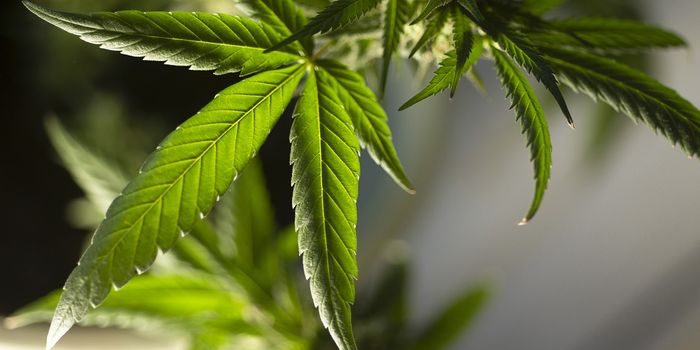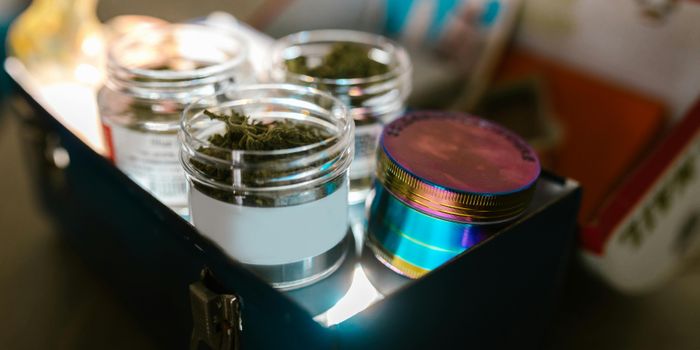Cannabis Crystal Polymorphism
A new published commentary in the Journal of Cannabis Research indicated that cannabis crystallinity may determine levels of cannabinoid stability and bioavailability. Cannabis crystal polymorphism is the existence of one or more different crystal formations of the same substance. In the limited research conducted on cannabis crystals, most studies have categorized forms as “amorphous” solids with a low melting point (around 167° Fahrenheit or less), but they have not fully explored the possibility that any cannabinoid might exist in multiple crystal forms known as “polymorphs.”
In order to understand the impact of crystal polymorphism in terms of cannabis cultivation for specific medical purposes, it is helpful to think of cannabis as a single species with multiple gene pools. A presentation on classification of cannabis chemovars explains how the divergence in genetic modification is a result of purpose specific cannabis breeding (medicinal, fiber, etc.). For example, medical cannabis trichome strains are more than 1.5 times larger than hemp cultivar trichomes. The presentation also explains how genetic variation has led to mono and dioecious variants. Researchers use targeted single nucleotide polymorphisms (SNPs) assays to classify medical chemovars apart from hemp cultivars. SNP have markers associated with cannabinoids and terpenoids. In particular, they can be used to target dominant terpenes including myrcene, limonene and terpinolene. SNPs arise as a consequence of mistakes during normal DNA replication. This kind of mutation can happen during cultivation.
Research on cannabis crystal polymorphism has implications for genetics and cultivating cannabis for specific medical uses. Influencing genetics can create specific cannabinoid compound products. Validation using SNP assays is an accessible and cost-effective tool for classifying cannabis chemovar and polymorphism. Researching genotyping and its applications will enhance product traceability, plant breeding, regulatory compliance practices and consumer education.
Source:
Journal of Cannabis Research, Research Gate








